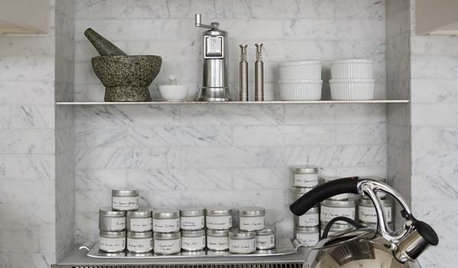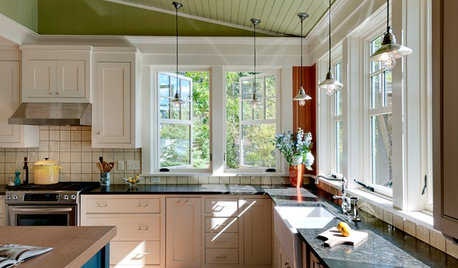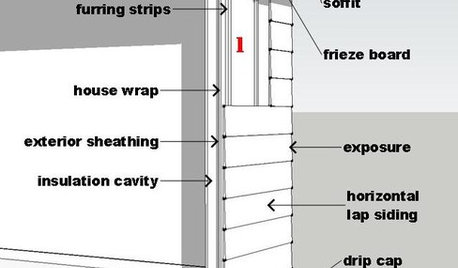Air Gap?
funkycamper
9 years ago
Featured Answer
Sort by:Oldest
Comments (19)
User
9 years agosnoonyb
9 years agoRelated Professionals
Channahon Handyman · Hillcrest Heights Handyman · Eagle Mountain Kitchen & Bathroom Remodelers · Wood River Kitchen & Bathroom Remodelers · Glade Hill Kitchen & Bathroom Remodelers · Apex Kitchen & Bathroom Remodelers · Franconia Kitchen & Bathroom Remodelers · Garden Grove Kitchen & Bathroom Remodelers · Gilbert Kitchen & Bathroom Remodelers · Lynn Haven Kitchen & Bathroom Remodelers · Placerville Kitchen & Bathroom Remodelers · South Park Township Kitchen & Bathroom Remodelers · Sweetwater Kitchen & Bathroom Remodelers · Weston Kitchen & Bathroom Remodelers · Middlesex Kitchen & Bathroom Remodelersfunkycamper
9 years agoUser
9 years agofunkycamper
9 years agoUser
9 years agofunkycamper
9 years agosnoonyb
9 years agoUser
9 years agosnoonyb
9 years agoweedmeister
9 years agoUser
9 years agosnoonyb
9 years agoUser
9 years agosnoonyb
9 years agoUser
9 years agosnoonyb
9 years agoUser
9 years ago
Related Stories

HEALTHY HOMEGet Cleaner Indoor Air Without Opening a Window
Mechanical ventilation can actually be better for your home than the natural kind. Find out the whys and hows here
Full Story
MOST POPULAR5 Ways to Hide That Big Air Conditioner in Your Yard
Don’t sweat that boxy A/C unit. Here’s how to place it out of sight and out of mind
Full Story
REMODELING GUIDESCantilevered Stairs: Walking on Air
Floating Stairs Take Minimalism to New Levels
Full Story
KITCHEN DESIGN24 Hot Ideas for Stashing Spices
Create a Mini Spice Pantry in a Wall, Drawer, Island or Gap Between Cabinets
Full Story
REMODELING GUIDESWhich Window for Your World?
The view and fresh air from your windows make a huge impact on the experience of being in your house
Full Story
THE ART OF ARCHITECTUREArchitect's Toolbox: Rain Screens Up House Health
To thwart unwanted moisture and poor air quality in your home, think rain screens and drainage planes
Full Story
HOUSEKEEPINGLower Your Heating Bills With Some Simple Weather Stripping
Plug the holes in your house this winter to make sure cold air stays where it belongs: outside
Full Story
HOUSEPLANTSIndoor Winter Gardens for Cheerier Days
Bring plants inside for drab-days mood boosting — not to mention cleaner indoor air and protection for your greenery
Full Story
KITCHEN DESIGNHow to Choose the Right Hood Fan for Your Kitchen
Keep your kitchen clean and your home's air fresh by understanding all the options for ventilating via a hood fan
Full Story
WINDOWS10 Ways to Bring In the Breezes
Let nature cool your home with designs that capture fresh air and screen out the sun
Full Story







funkycamperOriginal Author